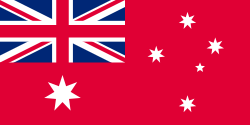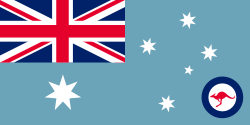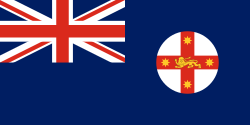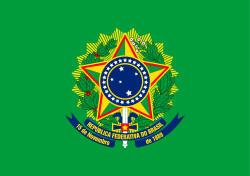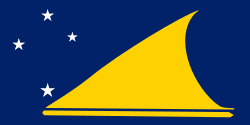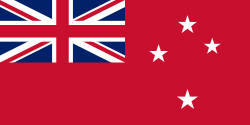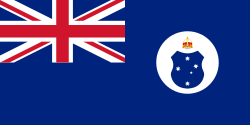This article needs additional citations for verification .(November 2022) |
The Southern Cross or Crux , a constellation visible in the Southern Hemisphere, is depicted on flags and coats of arms of various countries and sub-national entities. This star constellation is visible mostly in the southern hemisphere and it therefore symbolises the southern location of its users.
Contents
- National flags of countries in the Southern Hemisphere
- Other flags of the Commonwealth of Australia
- Other flags of the Federative Republic of Brazil
- Other flags of the Realm of New Zealand
- Other flags of Papua New Guinea
- Other flags in South America
- Other flags with the Southern Cross
- See also
- References
The term Southern Cross can also refer to the blue saltire as used in various flags of the Confederate States of America in the American Civil War. [1]
This list is an incomplete list and some of the flags in this list might not have official status. Flag proportions may vary between the different flags, and sometimes even vary between different versions of the same flag.







